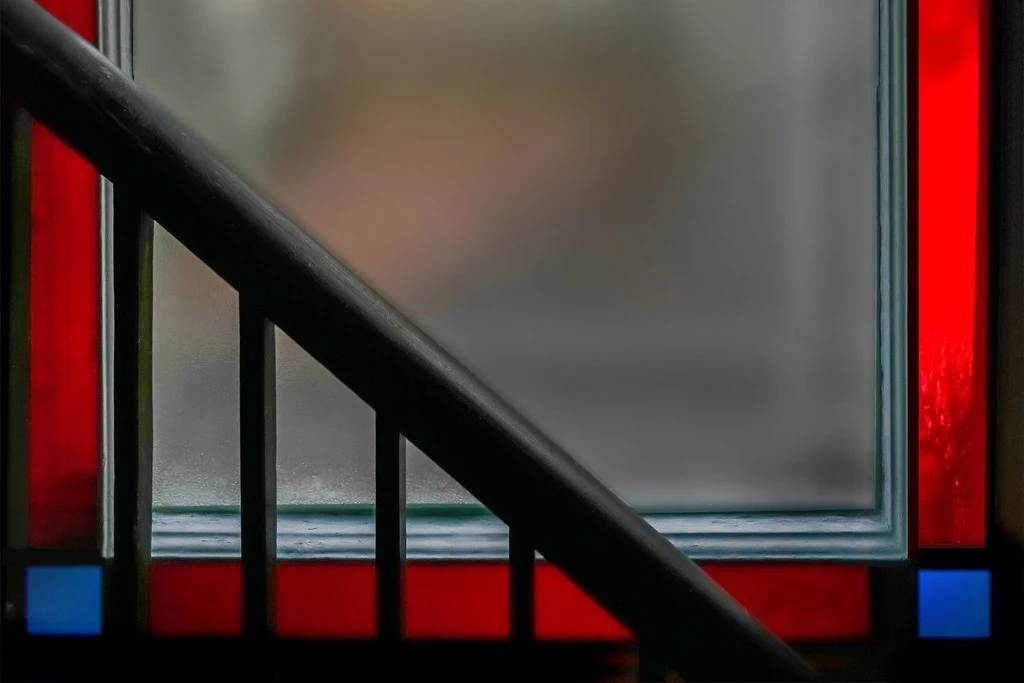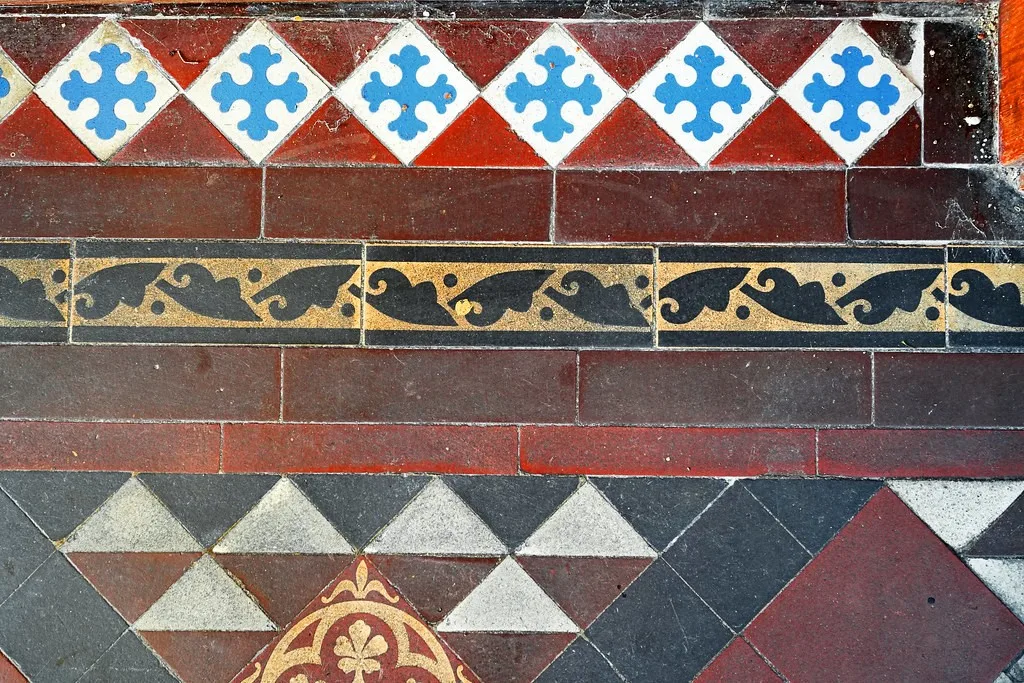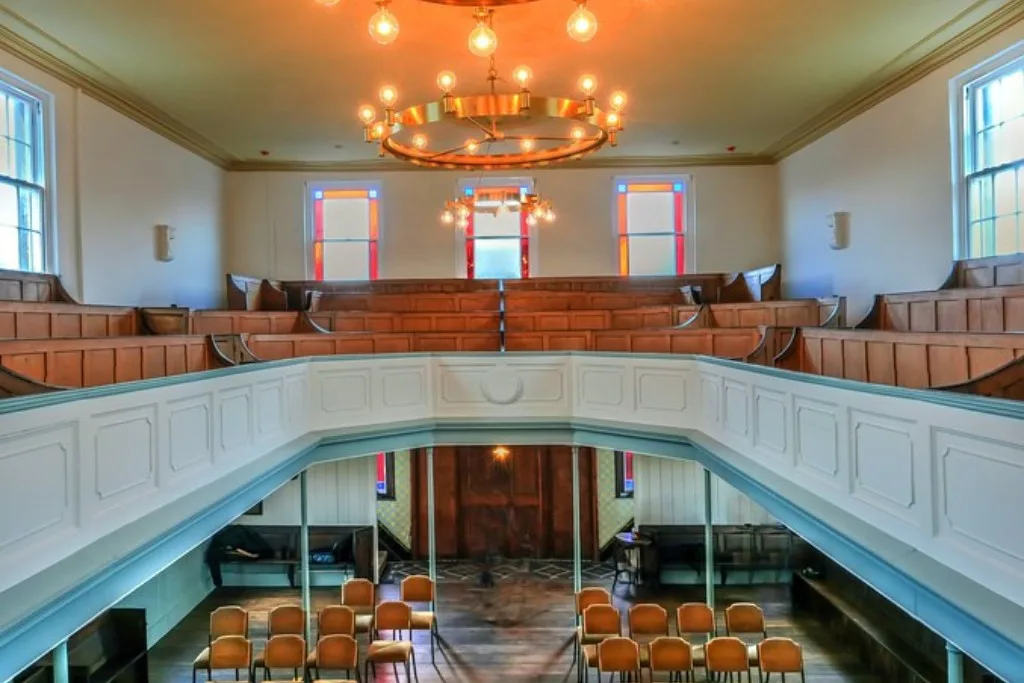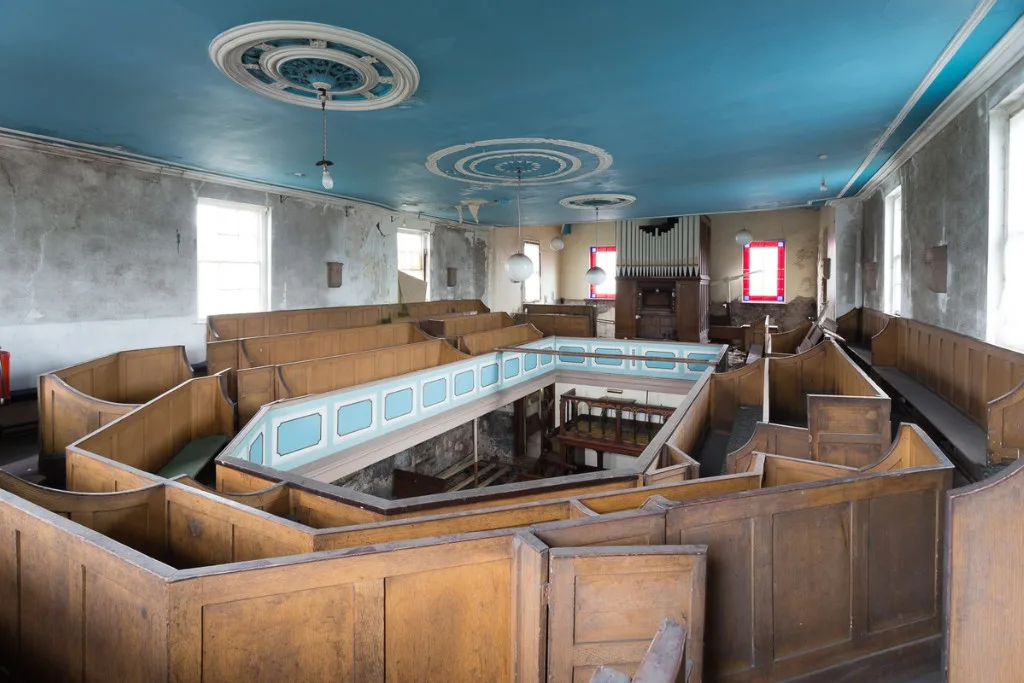The Chapel
Restoration of Grade II Listed Chapel in Staffordshire.
The Grade II listed Chapel stands as a thoughtful transformation of a former Methodist church, brought back to life through the care and vision of David Byatt. Creating opportunity for new use.
Key Information
A Place Reimagined with Quiet Reverence
Acquired in 2015, the building which had stood empty for nearly 10 years has been respectfully refurbished, balancing its spiritual and cultural heritage with contemporary function and comfort.
What now exists is neither a replica of the past nor a departure from it, but something entirely its own, a space that honours tradition while embracing new possibility.
Design Approach: Preserving Character, Introducing Comfort
The architectural approach was rooted in sensitivity. Every intervention was considered, never imposed. Rather than overwriting the building’s history, the design sought to reveal and refine it.
Originally built in 1803 as part of the Wedgwood estate and remodelled in 1820 by Scrivener Architects the building has an abundance of original features, and every opportunity was taken retain and restore these features, including the original 1820 wood pews, stained glass windows, timber detailing, the Organ and memorials to local dignitaries including Jesse Shirley, who ran the bone and flint mill which is now the Etruria Industrial Museum. The discreet harmonious introduction modern services including underfloor heating, power supplies and lighting, allow the space to function with ease while maintaining its open, contemplative atmosphere.
Material Strategy: Heritage, Enhanced
Materials were selected to support the building’s character. Underfloor heating brings discreet comfort without disrupting the visual language of the interior. Traditional stained glass was retained and cleaned, casting filtered light across newly refinished surfaces.
Touches of modern craftsmanship were introduced sparingly, simple joinery, considered lighting, and neutral tones that sit comfortably within the historic framework. Every detail serves to support the building’s original spirit rather than compete with it.
Outcome
The Chapel is a space renewed through care, not reinvention. It now stands as a unique venue, one that is both grounded in its past and equipped for the future.
This project is a quiet testament to what can be achieved when preservation is matched with purpose. A building that once served its community in one way, now welcomes it again in another — with the same sense of grace.









